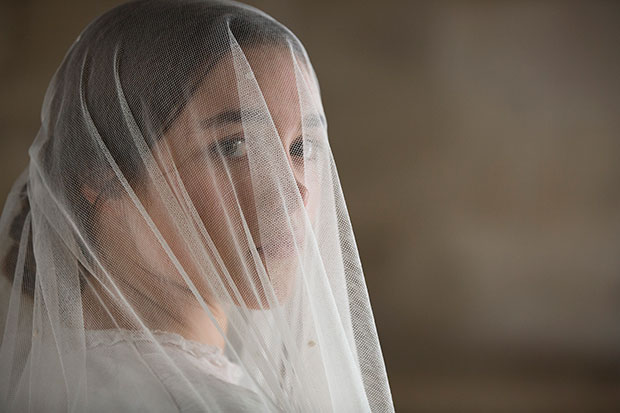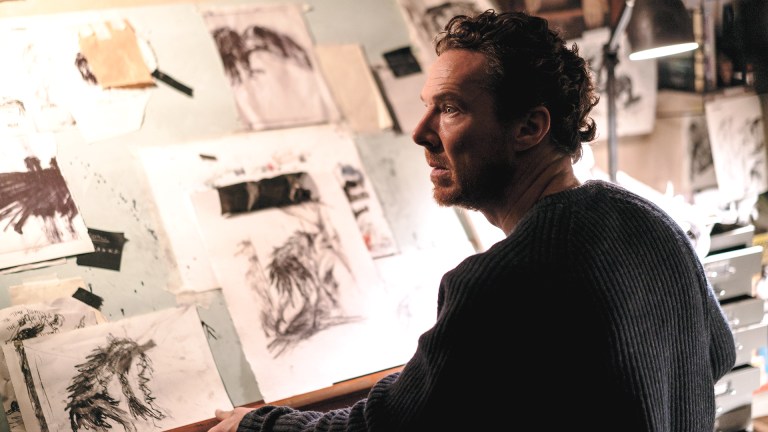“There’s been an explosion,” a character announces at one point in Lady Macbeth. We don’t see or hear the event, but this intense and darkly gripping Victorian drama doesn’t lack fireworks of its own. Starring Florence Pugh as a young woman unhappily married to a rich landowner in 1860s Northumbria, it’s a combustible mix of sexual repression, violent revenge and romantic abandon.
Lady Macbeth is a deftly assured cinematic debut from theatre director William Oldroyd: a film of unnerving, accumulating tension, punctuated by moments of violence that leave you reeling.
The Shakespearean title is by way of 19th-century Russian writer Nikolai Leskov’s novel Lady Macbeth of Mtsensk District, adapted and transferred by Alice Birch to the desolate, wind-scoured moors of the north of England. The lead character is actually called Katherine, whom we first encounter as a bride, being married off to Alexander (Paul Hilton), the middle-aged son of colliery owner Boris (Christopher Fairbank). It’s not a happy occasion: even the singing (mournful as a death-rattle, achingly off-key) is depressing.
And sure enough poor Katherine finds herself trapped in a big, echoey house with these two horrible older men. Alexander’s version of consummating the marriage requires his wife to undress and turn to the wall as he pleasures himself – among other things, this movie is vividly attuned to the weird and kinky rituals that the sexually stifled atmosphere of the age compels people to concoct. Her father-in-law is even worse. A crabby, scowling patriarch (played with relish by Fairbank), he watches Katherine like a hawk, drills her relentlessly on how to behave, and admits to viewing her as yet another of his properties.
This movie is vividly attuned to the weird and kinky rituals that the sexually stifled atmosphere of the age compels people to concoct
But then he’s called away – the damage caused by that explosion requires his attention – and soon afterwards Alexander leaves. Katherine is transformed: having been confined to the house – whose every creak and clunk is amplified by the film’s subtly expressive sound design, a mocking commentary on Katherine’s imprisonment – the young woman throws open the shutters and is free to roam.










